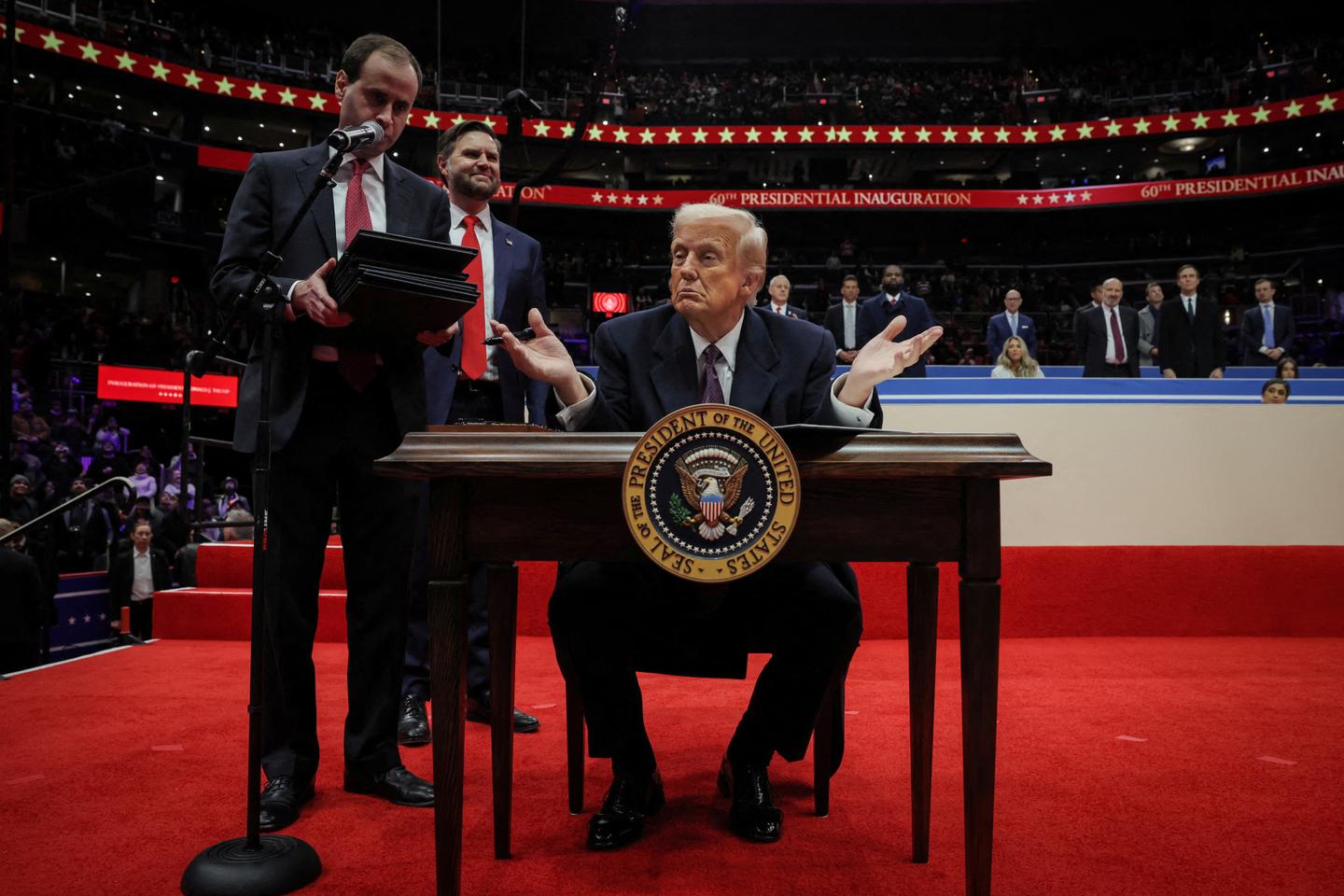


The main goals of Donald Trump's economic policy are known: Lowering prices by urging oil and natural gas producers to increase production to reduce energy costs and pressuring pharmaceutical companies to lower drug prices to restore Americans' purchasing power; implementing tariffs on all products imported into the United States, regardless of their origin, in an attempt to bring industries back to the country and encourage foreign companies to produce on American soil; and stopping illegal immigration, which is what many Americans want, especially Republican voters. By 2023, the number of foreign-born residents in the US had reached 48 million, an increase of 1.6 million in one year, with 23% residing illegally.
The first thing to be aware of is that Trump's various economic policy goals are mutually incompatible. Higher tariffs lead to increased import prices, which also drive up domestic prices in the US. This happens because companies are unable or unwilling to change their supply chains, continuing to produce goods overseas. Additionally, businesses prioritize offering lower prices to consumers, which means importing large quantities of goods.
Toward higher inflation
We've also seen that the drop in inflation observed in the US, from 9% at the start of 2022 to 2.9% today, was mainly caused by the slowdown in wage growth. Wages, which were rising at a rate of 7% per capita annually in early 2022, have slowed to 4.5% year-on-year today. This slowdown in wages came not from the weakness of the US economy but from the high level of immigration since the start of Joe Biden's presidency. The percentage of companies experiencing recruitment challenges fell from 52% at the start of 2022 to 35% at the start of the fourth quarter of 2024, which explains the slowdown in wages.
Clearly, the goal of lowering prices and boosting American purchasing power is incompatible with the policies of raising tariffs and curbing immigration that, on the contrary, will stoke even more inflation in the US. Some agencies have estimated that it might climb an additional four points. And since wages are only partially indexed to inflation in the US, this extra inflation will reduce the purchasing power of American workers.
You have 56.41% of this article left to read. The rest is for subscribers only.
